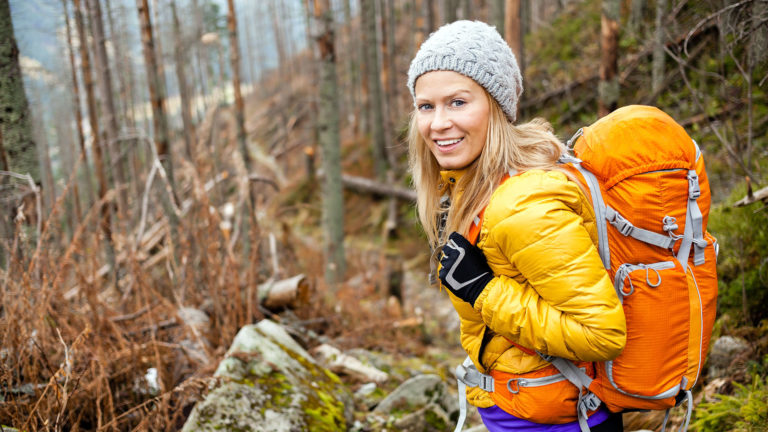The Black Hills is home to one of the premier hiking trails in the nation—The George S. Mickelson Trail. The trail was developed following the 1983 abandonment of the nearly 110 mile former Burlington Northern Railroad right-of-way from Edgemont to Deadwood. This grade is designed to accommodate not only hikers and cyclists, but riding horses and snowmobiles in season on portions of the route. The grade features hardrock tunnels, trestles, deep cuts and canyons, and seems to blend perfectly with the surrounding scenery.
During the year, a number of volksmarches are offered in locations around the Black Hills. From the depths of the canyons, to the flatlands, to the city parks and trails, to the top of Crazy Horse Memorial—volksmarching is alive and flourishing. Check with the various Chambers of Commerce for the most up-to-date dates and times.
The Centennial Trail also traverses the center of the Black Hills from Bear Butte State Park to Wind Cave National Park. This 111-mile path is excellent for the more advanced hiker or for horseback riding, as it features challenging grades with a variety of great scenery. Use permits are required for portions of the trail that pass through Custer State Park and Wind Cave National Park, as well as for camping in any of the U.S. Forest Service campgrounds along the Trail. Trails in the Norbeck Wildlife Preserve and the Black Elk Wilderness take you into the back country of the central Hills—even to the top of 7,242 foot Black Elk Peak. In the northern Hills, an easy trek up Mount Roosevelt near Deadwood awaits with wonderful vistas of the surrounding hills, valleys, and plains.
Out on the plains in the Badlands, trails ranging from one quarter-mile Fossil Exhibit paths to the six-mile Medicine Root Trail take the hiker into another landscape altogether.

